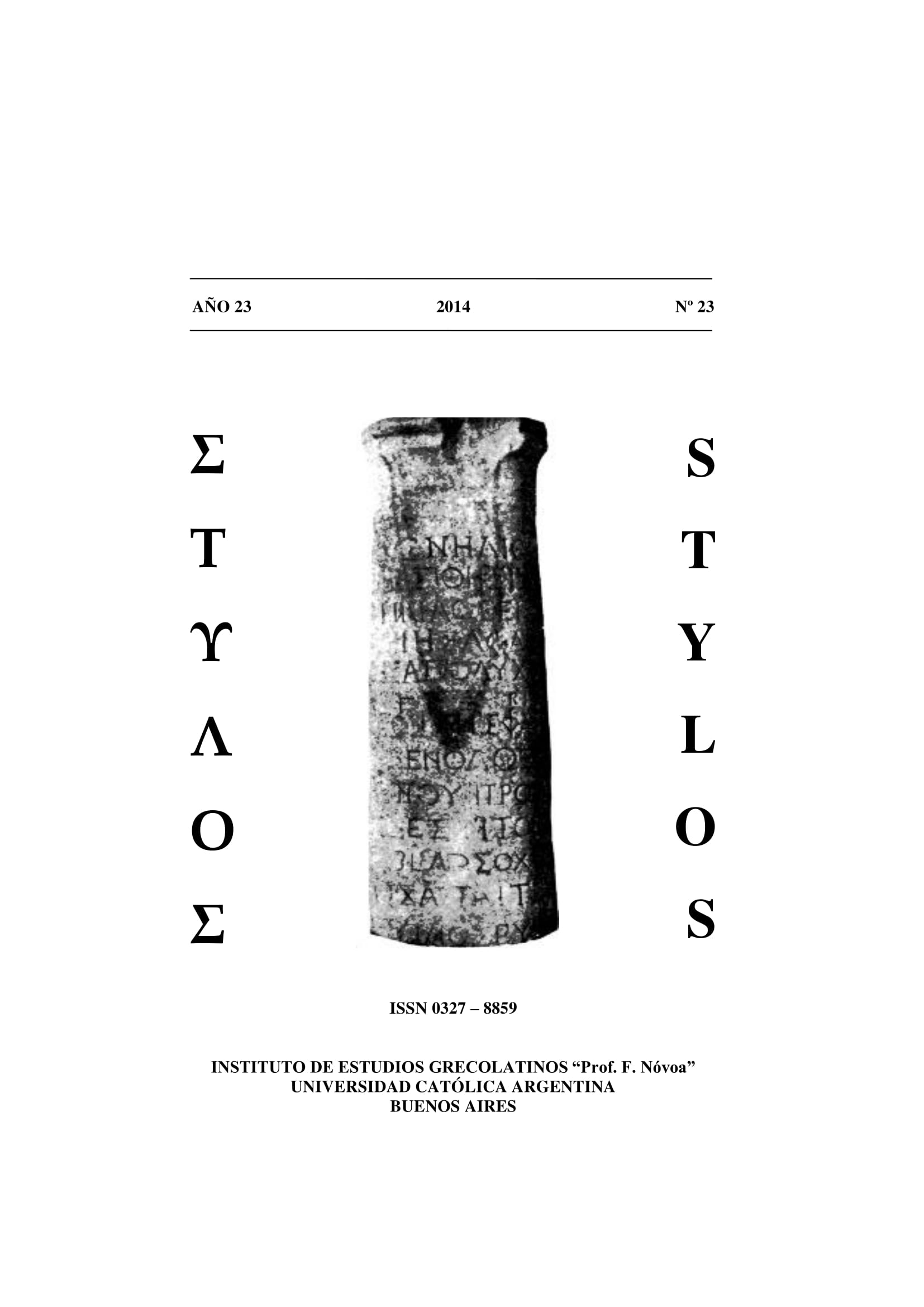LA ODA LATINA A VENUS DE GARCILASO DE LA VEGA: ADOPCIÓN DE LA TRADICIÓN CLÁSICA Y SU TRADUCCIÓN ESPAÑOLA COMO RELACIÓN DE TRANSITIVIDAD
Keywords:
Garcilaso de la Vega-ode-Latin language-translationAbstract
Garcilaso dela Vega, following the Humanist pedagogical canon, was established in a poet who not only adopted the tradition of Classical poetry in the absorption of themes and motifs, but also tested the composition of odes to the Horatian manner, in Latin language. These compositions, governed by metrics rules that were taught in the schools of Grammar and Rhetoric, preserve the strophic structure and strict alternation of short and long syllables. The philological interest around these poems, for which Garcilaso was praised by the intellectuals of his time, it is late because in the first editions of the works from Toledo do not appear; will be at the end of 19th century when the gaze was put on them and there will be understood which is the importance of the Italian context of composition and the commitment of the poet with the Classic thing.
This crossing of imaginary, that takes as a last limit Garcilaso's poetical production, can get along as an exercise of translatable thing between the sense of a semiotic system adopted, since it is in this case the utilization of the Latin language, and the possibility of saying something of it, which implies producing significance; likewise this game of expository transfers is completed by the translation to the Spanish language of Garcilaso's Latin odes. In consequence, the aims of the present communication are orientated to analyze both steps of the semantic activity that occurs in any relation of translation: in this case between the ode to Venus created by the Hispanic poet and the version of Nemesia Matarrodona Vizcaíno, who transposes the Spanish the Garcilaso’s text in the edition of Sotelo Salas, of the year 1976.
Downloads
Downloads
Published
How to Cite
Issue
Section
License






